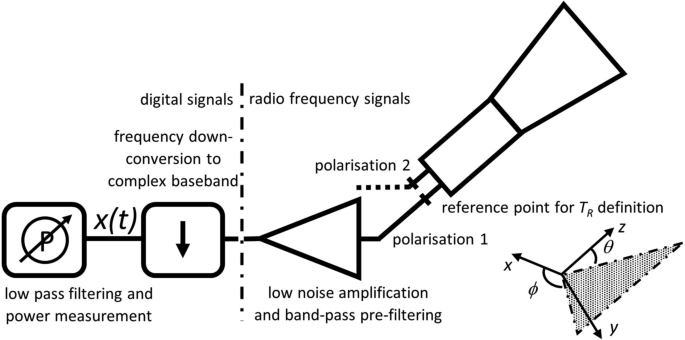新观测到的宇宙微波背景
IF 2.7
3区 物理与天体物理
Q2 ASTRONOMY & ASTROPHYSICS
引用次数: 0
摘要
我们引入了新的宇宙微波背景辐射观测值,这些观测值可以通过探测天线馈电系统内激发的高阶模式来测量,并与目前空间天文台探测到的高阶模式相干结合。使用这样的可观测物可能会进一步限制宇宙学理论的有效性。本文章由计算机程序翻译,如有差异,请以英文原文为准。

New observables of the cosmic microwave background
We introduce new observables of the cosmic microwave background radiation, which can be measured through the detection of high order modes excited within an antenna feed system, coherently combined with those currently detected by space observatories. The use of such observables could potentially further constrain the validity of cosmological theories.
求助全文
通过发布文献求助,成功后即可免费获取论文全文。
去求助
来源期刊

Experimental Astronomy
地学天文-天文与天体物理
CiteScore
5.30
自引率
3.30%
发文量
57
审稿时长
6-12 weeks
期刊介绍:
Many new instruments for observing astronomical objects at a variety of wavelengths have been and are continually being developed. Furthermore, a vast amount of effort is being put into the development of new techniques for data analysis in order to cope with great streams of data collected by these instruments.
Experimental Astronomy acts as a medium for the publication of papers of contemporary scientific interest on astrophysical instrumentation and methods necessary for the conduct of astronomy at all wavelength fields.
Experimental Astronomy publishes full-length articles, research letters and reviews on developments in detection techniques, instruments, and data analysis and image processing techniques. Occasional special issues are published, giving an in-depth presentation of the instrumentation and/or analysis connected with specific projects, such as satellite experiments or ground-based telescopes, or of specialized techniques.
 求助内容:
求助内容: 应助结果提醒方式:
应助结果提醒方式:


